- Joined
- May 12, 2019
- Messages
- 79
- Reaction score
- 175
Hi Folks.
You might have seen my thread in the intro forum, but to briefly recap, I have a 100g tub in an environment controlled box on my balcony in which I’m cycling 400+lbs of rock (350 of which was dry and 50 live from an old tank).
Anyway I kicked things off two weeks ago. Did the dead shrimp (we call them prawns btw) and Ammonia peaked at around 8ppm a few days ago. Two days ago Nitrite hit over 6ppm and Nitrate at least 30ppm.
All pretty normal so far, right? I measured today and Ammonia was zero (great, earlier than expected), Nitrite zero (wow that was a quick peak but ok), but Nitrates (which I expected so see well over 50ppm) was ZERO.
I’m trying to understand this result and the only thing I can think of is that the massive 1:1 water to rock ratio is the reason. But even so could the anaerobic bacteria that process Nitrate into Nitrogen really have cleared the Nitrate that fast? If so it says a lot for the good ol Berlin method and I’ll be putting all the rock in up coming Red Sea P650 build - the fish might be a bit cramped, but dang they’ll have nice water [emoji23]
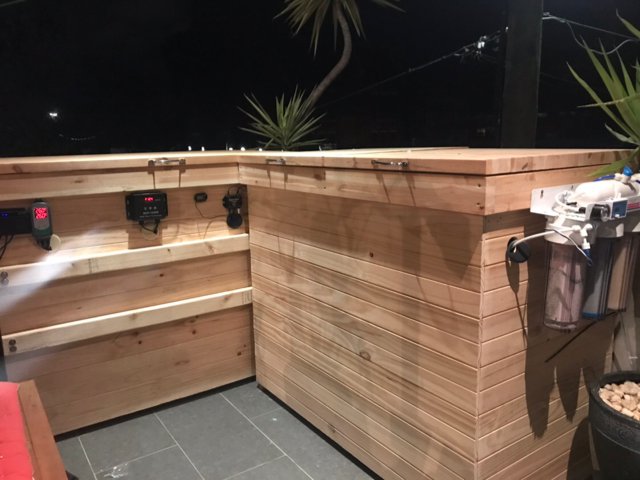
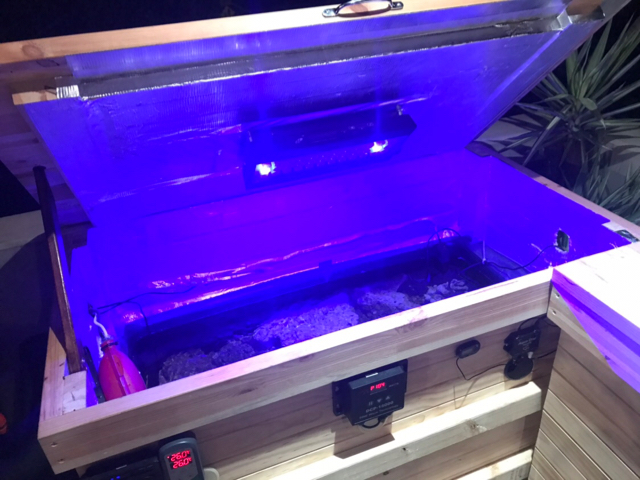
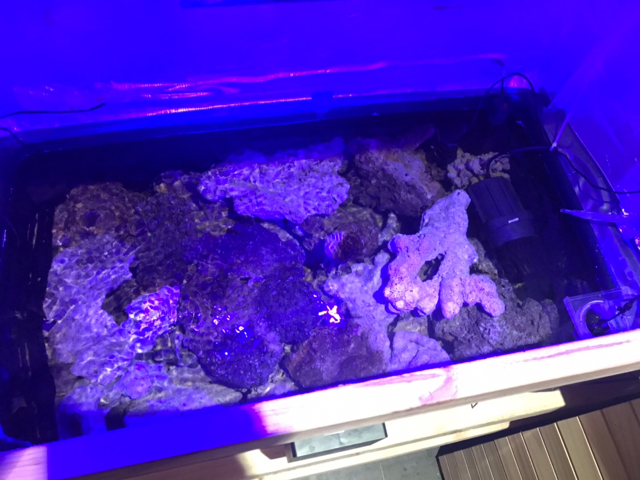
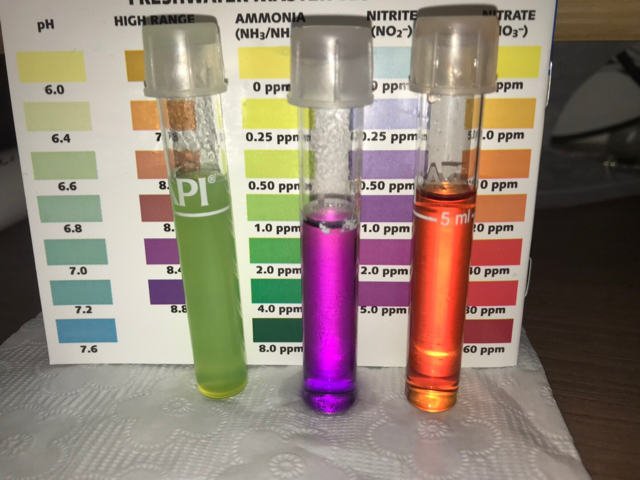
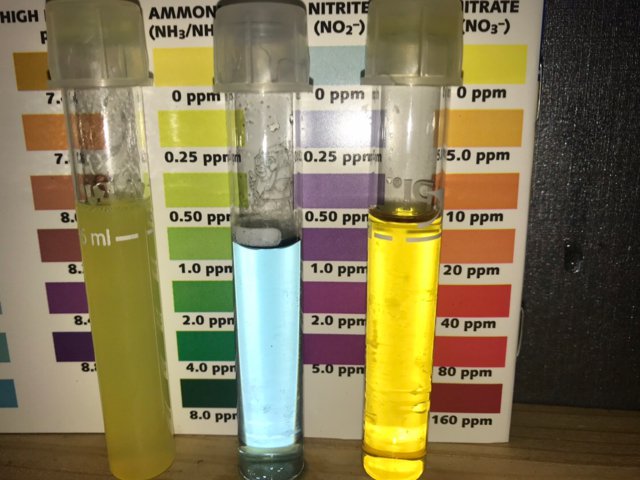
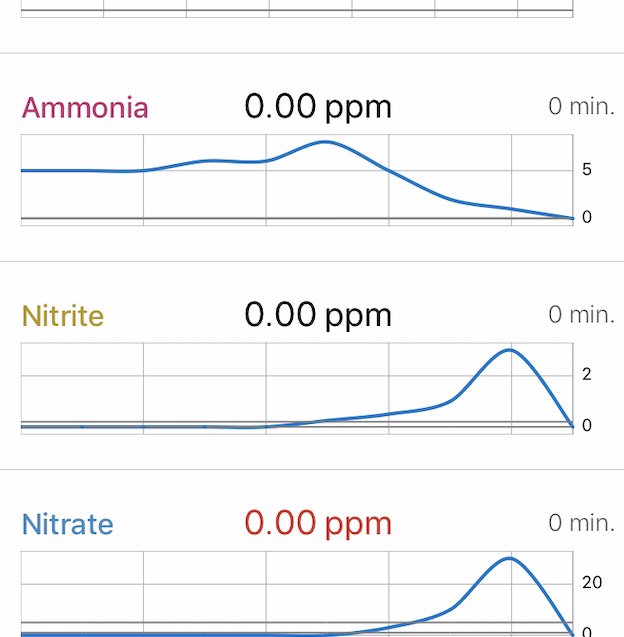
You might have seen my thread in the intro forum, but to briefly recap, I have a 100g tub in an environment controlled box on my balcony in which I’m cycling 400+lbs of rock (350 of which was dry and 50 live from an old tank).
Anyway I kicked things off two weeks ago. Did the dead shrimp (we call them prawns btw) and Ammonia peaked at around 8ppm a few days ago. Two days ago Nitrite hit over 6ppm and Nitrate at least 30ppm.
All pretty normal so far, right? I measured today and Ammonia was zero (great, earlier than expected), Nitrite zero (wow that was a quick peak but ok), but Nitrates (which I expected so see well over 50ppm) was ZERO.
I’m trying to understand this result and the only thing I can think of is that the massive 1:1 water to rock ratio is the reason. But even so could the anaerobic bacteria that process Nitrate into Nitrogen really have cleared the Nitrate that fast? If so it says a lot for the good ol Berlin method and I’ll be putting all the rock in up coming Red Sea P650 build - the fish might be a bit cramped, but dang they’ll have nice water [emoji23]



























